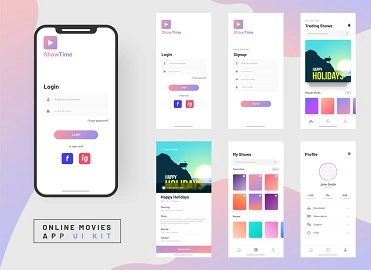There are several ways to increase your SEO ranking and make your website more visible to potential customers. Most of your efforts will be focused on tweaking your website’s content and keyword selection. However, you can also use social media channels to help boost your ranking. Make sure your social media pages contain links back to your business website.

Duplicate content
If you’re doing SEO for your small business website, you need to know about the issue of duplicate content. Duplicate content is a serious problem that can be detrimental to your ranking on search engines. Whether it’s an accident or someone stealing your text, duplicate content is an issue that you’ll need to deal with.
Basically, duplicate content is content that appears on more than one website. This duplicate content can be the same content or similar content. This can cause confusion in search results and can harm the brand of a business. The good news is that there are many ways to avoid duplicate content.
The first and most obvious way to avoid duplicate content is to avoid creating duplicate content altogether. Duplicate content will make your website appear as spam, and Google will flag it as such. Instead, try to create pages with helpful content, rather than simply repeating “buy this” over again. By adding value to your pages, you can encourage people to convert and Google will see this as a positive.
Even though Google is lenient in its penalizing efforts for sites with duplicate content, there are still ways to avoid this pitfall. By using a website duplicate content checker, you can ensure that your content is original and does not duplicate any content elsewhere on the internet. Duplicate content can affect the performance of your website in search engine results and interfere with traffic. For example, if you’ve published a press release and found a product description on multiple sites, your content may be duplicated on the site as well
Low-competition keyword phrases
To gain traction, low-competition keyword phrases are the perfect place to start. Using Google Keyword Planner, you can identify questions that people are searching on search engines. Although most of these are informational in nature, a small percentage of them may have commercial intent.

Although small businesses may not have the authority of big brands, they can still outrank big companies by using low-competition keyword phrases. These phrases can be categorized into two buckets: commercial and transactional. Commercial keywords are those that involve researching products, while transactional keywords are used for purchases. You can further define a keyword’s bucket by adding modifiers.
The first step in finding low-competition keyword phrases for small businesses is to analyze which keywords have high search volume and decent Allintitles. This will help you identify potential low-competition long-tail keyword phrases. Another way to identify low-competition keywords is to research trending topics on social media. These will provide you with a list of popular words and phrases that may attract potential customers.
When it comes to choosing a low-competition keyword phrase, make sure to find one that is relevant to your business. This way, you can focus your efforts on keywords that will convert better than generic ones. You can also use long-tail keywords, which are more targeted and have lower competition. These are easy to rank for and will give you a much higher conversion rate than generic ones.
Poorly written meta descriptions
When doing SEO for your small business, you need to ensure that your meta description is optimized for search engines. It should include your focus keyphrase, a set of words or a combination of words that a majority of your audience will search for. If your meta description is not optimized with your focus keyphrase, your website will not compete for top rankings.
Moreover, you need to be aware of duplicate meta descriptions. These are flagged by search engines and may result in low CTR. If you have more than one page targeting the same keyword, you need to create different meta descriptions for each page. In addition, your meta description should talk directly to your customers.
It should be at least 160 characters in length. You should also try to avoid keyword stuffing, which results in spammy results. A good meta description should be readable and match the content of the page. It should convey the most important message about the content of the page. Moreover, you should make your meta description as appealing as possible.
Remember that the meta description is not a full-length copy, so don’t overdo it. It should be concise, but should contain all of your most important messaging.









